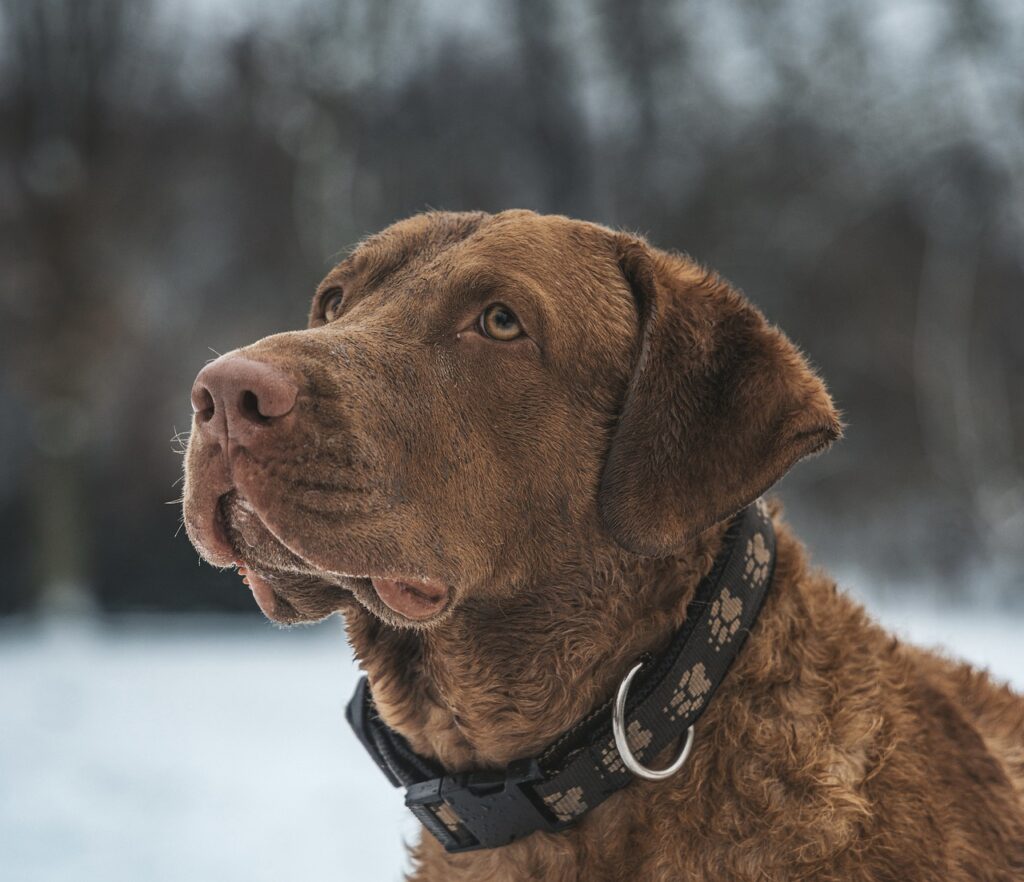Can Dogs Eat Parsley? – Yes, They can
When it comes to sharing our culinary herbs with our canine pals, a common question is whether dogs can enjoy them too. The answer is yes, your furry friend can indeed have parsley. Parsley is known for its vitamin-rich properties, making it a beneficial herb for dogs when used correctly. However, it’s essential to understand the proper way to incorporate it into their diet, which types of parsley are safe, and in what amounts to ensure our dogs can enjoy the health benefits without any risks.
Can Puppies Eat Parsley?
Puppies, with their developing digestive systems, can have parsley, but with caution and in moderation. Introduce parsley in tiny amounts to your puppy’s diet to ensure they don’t experience any gastrointestinal upset. It’s always a good idea to consult with your vet before adding parsley or any new food to your young dog’s diet.
Things to consider when feeding parsley to puppies?
When introducing parsley to a puppy’s diet, keep in mind their sensitive stomachs. Start with a small sprinkle of finely chopped parsley on their regular food. Monitor your puppy for any signs of digestive discomfort, and consider their overall nutritional needs, ensuring that parsley doesn’t replace any essential elements of their diet.
Nutritional Benefits of Parsley for Dogs – Why Parsley is good for Dogs?
Rich in Vitamins
Parsley is packed with vitamins A and C, which are crucial for maintaining a dog’s immune system and enhancing eye health.
Contains Antioxidants
The herb is known for its antioxidant properties, which can help combat free radicals and support overall canine wellbeing.
Dental Health
Chewing on fresh parsley can also help freshen a dog’s breath and promote dental health by reducing bacteria.
Anti-inflammatory Properties
Parsley has anti-inflammatory benefits that can aid in reducing inflammation and supporting joint health.
Diuretic Effects
Its diuretic nature can help support kidney function by increasing urine production, potentially preventing urinary tract infections.
Potential Allergies: Can Dogs Be Allergic to Parsley?
While parsley is generally safe for dogs, some may develop an allergic reaction. If you’re introducing parsley for the first time, do so gradually and keep an eye out for any adverse reactions.
Symptoms of Parsley Allergies in Dogs
- Skin Irritations: Look for any unusual rashes, itching, or inflammation on your dog’s skin.
- Gastrointestinal Upset: Vomiting or diarrhea can signal an allergic reaction to parsley.
- Respiratory Issues: In rare cases, observe for symptoms such as coughing or sneezing.
What to Do If Your Dog Shows Symptoms?
- Immediately Discontinue: If you notice symptoms, stop feeding parsley and other new foods immediately.
- Consult Your Veterinarian: Seek professional advice to determine the cause of the symptoms and appropriate treatment.
- Identification: Your veterinarian may recommend an elimination diet or allergy testing to identify the allergen.
Recommended Amount: How Much Parsley Can a Dog Consume?
The recommended quantity of parsley for a dog depends on their size and overall health. A general guideline is a small pinch of chopped parsley for small dogs and up to a tablespoon for larger breeds, added to their meal once or twice a week. Always use fresh, organic parsley and avoid the spring parsley variety, which can be toxic.
Things to Consider When Feeding Parsley to Dogs
Only feed your dog flat-leaf or curly parsley in small amounts, and never give them spring parsley, which contains a compound harmful to dogs. Always introduce new foods gradually and monitor your pet for any unusual reactions.
How to Feed Parsley to Dogs: A Quick Guide
Parsley can be a delightful treat for dogs, offering both taste and health benefits. Here’s how you can introduce this flavorful herb into your dog’s diet responsibly and safely.
Parsley-Infused Doggie Treat
Mix a small amount of finely chopped parsley with your dog’s regular food, or bake some homemade dog treats incorporating parsley as an ingredient for a healthy, flavorful snack.
Garnish on Main Meal
Use parsley as a garnish on top of your dog’s main meal. Simply sprinkle some freshly chopped parsley over their food before serving.
Fresh Parsley Chew
For a simple approach, let your dog chew on a fresh sprig of parsley. It’s a natural breath freshener and can help clean their teeth as well.
Conclusion
In conclusion, parsley can be a healthful addition to your dog’s diet when offered in moderate amounts and under the right conditions. It’s packed with nutritional benefits and can help freshen your dog’s breath, among other advantages. Be sure to consult with your vet, introduce it slowly, and observe your dog’s reaction to this leafy green herb. With the right care and attention, parsley can be a great way to sprinkle an extra dose of nutrients into your dog’s diet.



